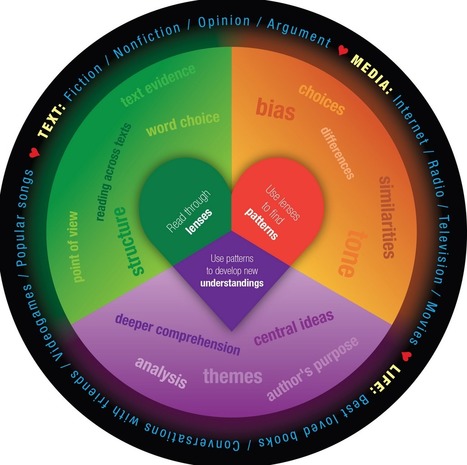In a recent opinion piece in the New York Times, Anna North invited us to consider smarts vs. personality in school. However, no “versus” is required.
This choice represents an interesting point of debate, because a false choice is sometimes posed between building academic knowledge in children and fostering the so-called soft skills that underpin lifelong behaviors. In reality, for the reasons described below, we do not have to choose between these concepts, we can move to utilize both together in a win-win situation.
Via Elizabeth E Charles



 Your new post is loading...
Your new post is loading...



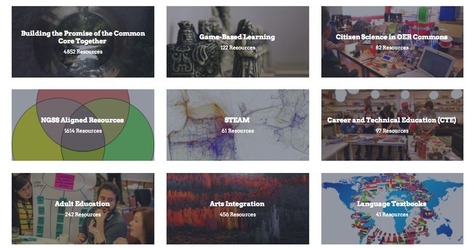

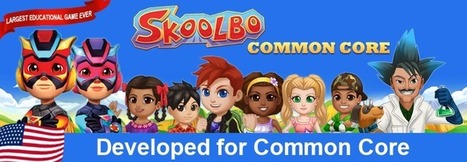


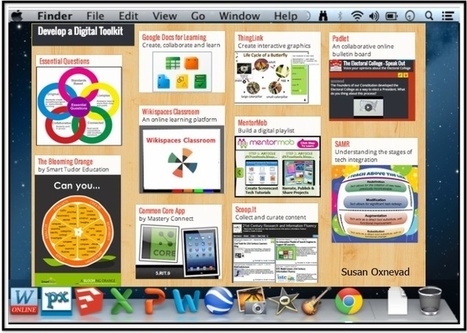



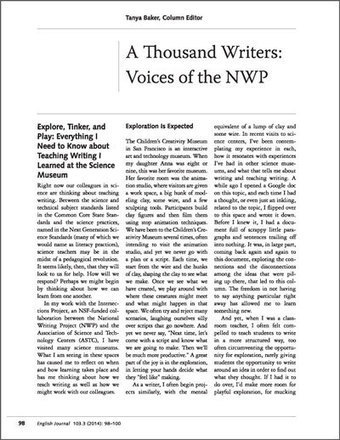
![[Infographic] Key Skills That Lead to 21st Century Success | Education 2.0 & 3.0 | Scoop.it](https://img.scoop.it/Nh1rQFuz8lsxWizA2xpvpzl72eJkfbmt4t8yenImKBVvK0kTmF0xjctABnaLJIm9)



